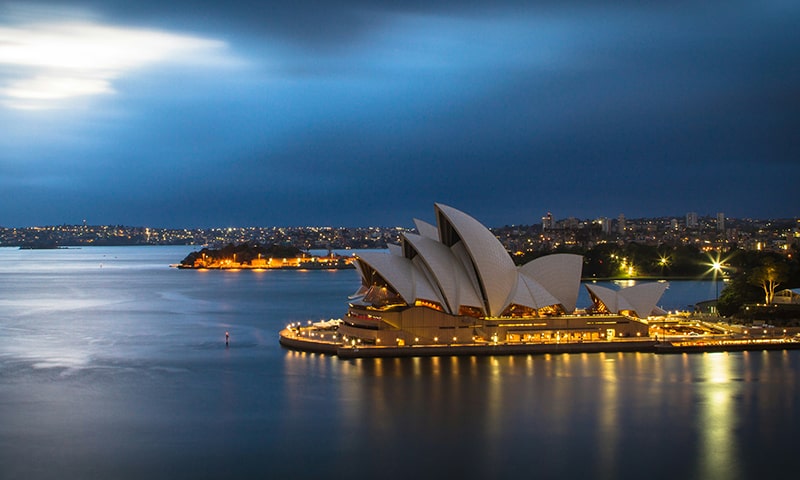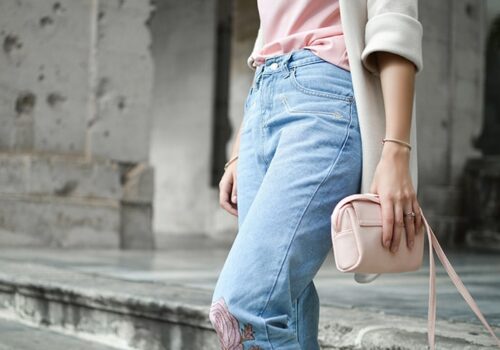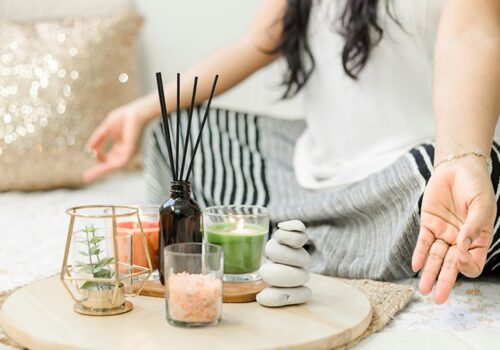How to Transform Your Australian Space? Home Decor and DIY Projects
Instead, it will focus on liberating creativity and vogue throughout the continent.
Home decorating and DIY are recognized parts of Australians’ everyday life and show the proper cultural values, preferences, and need for individualized housing. Foremost, few countries possess such a divine gift as Australians of giving their piece of home a genuine and warm feeling that may reflect the image, whether it is as simple as a house near the coast that resembles the calmness of water or an apartment in the commercialized cities that exudes the modernity of a city. In this article, the author focuses on the main topics concerning home decoration and do-it-yourself activities in Australia.
The Impact of Landscapes in Australia in Home Decor
Geography contributes to Australian interior design since the country is large and offers several unique terrains. Contrary to the above, in the coastal region, where the views involve beautiful and calm beaches and water, the designs are typically light-coloured with natural elements used in their construction, accompanied by lots of spaces and airiness. This interior design is characterized by accessories such as rattan furniture, linen fabrics, and anything that resembles parts of a ship to give out an atmosphere of simplicity and serenity.
On the other hand, the Australian Outback is characterized by scary mountains, flat, barren land, and coarseness that makes people dress in rugged clothes with less colour and form, which differs from the following style. It is known for the oppressing and edgy themes applied to furniture and fixtures, ranging from reclaimed woods, leathers, and metal, accompanied by warm red-brown and ochre tones. A style originating from the Outback usually has a touch of old or antique, as it contributes to the object’s atmosphere.
Rainforests of Queensland and Tasmania, with their luxurious greens, are another source of ideas for home decoration that focuses on biophilic elements and bringing nature into the home. Opening large windows, indoor plants, and sufficient light are some of the aspects that need to be integrated into the design of the house, as they make one feel closer to nature.

Urban Chic: Current developments in the Australian cities
Contemporary interior design in homes in major cities such as Sydney, Melbourne, and Brisbane combines mild glamour and practicality. Sleek urban Australians follow modern trends and prefer white, grey, and black colours with straight lines and many-sided furniture since living space in big cities can sometimes be limited.
The most recognizable import from the enormous continent of Australia regarding furnishing is the Scandinavian look that has been adopted in urban Australian decoration. This look notably emphasizes simplicity, functionality, and natural elements. The areas for living in the “Scandi” are primarily clean and glossy, with light wooden furniture and soft shades.
Another is industrial, with influences from old factories seen in new apartments in the industrial estates and lofts. The style of this particular place is characterized by industrial exterior and interior designs, bare brick walls, metalwork, and other elements of rough textures and unfinished look. Intentionally incorporating hard materials with softer fabrics and greenery makes achieving a comfortable living environment possible.
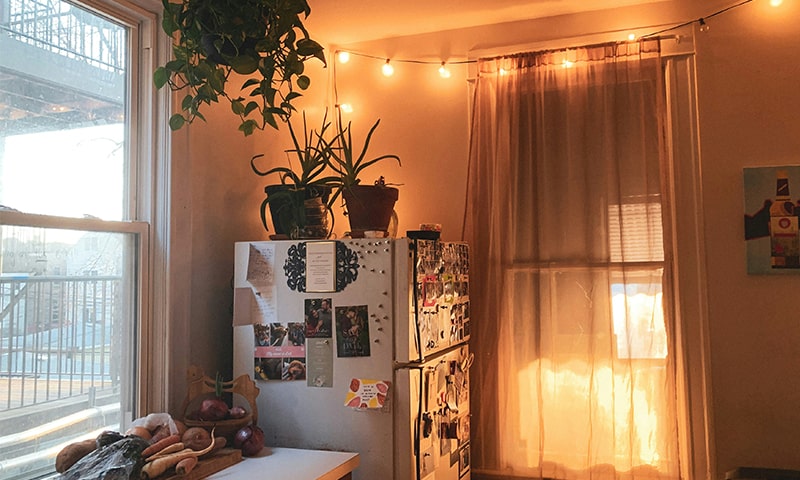
Green and Organic Home Furnishing
One trend evident in the current interior design of Australian homes is sustainability. More and more people are becoming sensitive to current environmental problems, and many Australian citizens are already choosing environmentally friendly designs. These include recycled materials, energy consumption, and furniture that originates from renewable resources.
Australians are also using the ‘Make-do’ technique, where new products are made from old, unwanted products, a concept that is also known as upcycling. Besides environmental benefits, upcycling also leads to individualization in home ornamentation, which indicates the possibility of individuals’ creativity and skilled craftsmanship. Some successful upcycling projects include furniture reuse, conversion of pallets into more aesthetic outdoor furniture, and use of materials to make decorative items.
DIY Projects: America As The World Of Creators
The DIY spirit is alive and well in Australia since people want to make things more personal, less costly, and have something that will not be available in shops. DIY involves simple artistic and creative activities up to significant house improvements and repairs, and people of all abilities in Australia are engaged in this do-it-yourself phenomenon.
Taking Australia as an example, one can mention that home gardening is one of the most popular DIY trends. Australians like to produce their topiaries for most of the year because of the climate; this ranges from a balcony garden in the inner city to a sizable backyard in the suburban areas. Some of the garden projects that one may undertake include the construction of raised garden beds, the putting up of vertical gardens and the up of compost bins. All these can help enhance the garden living space.
Custom furniture building is another significant DIY that has also gained increased popularity in the global market. From designing and fabricating a variety of dining tables to developing new models of shelves, there is a growing trend among Australians to have wooden furniture at home. This hands-on approach means the furniture can be constructed to exact specifications for size, design, and materials. Thus, each piece of furniture is ideal in the context of the home’s ambience.
Renovations are also part of Australian DIY projects, contributing a lot towards such products’ demands. Small changes such as redecorating walls, changing bulbs, or swapping out handles and knobs of cabinets will make a big difference in homes. More significant projects to tackle include covering for the remodelling of kitchens and bathrooms since these not only improve the general appearance and size of the area but also bring more value to the house.
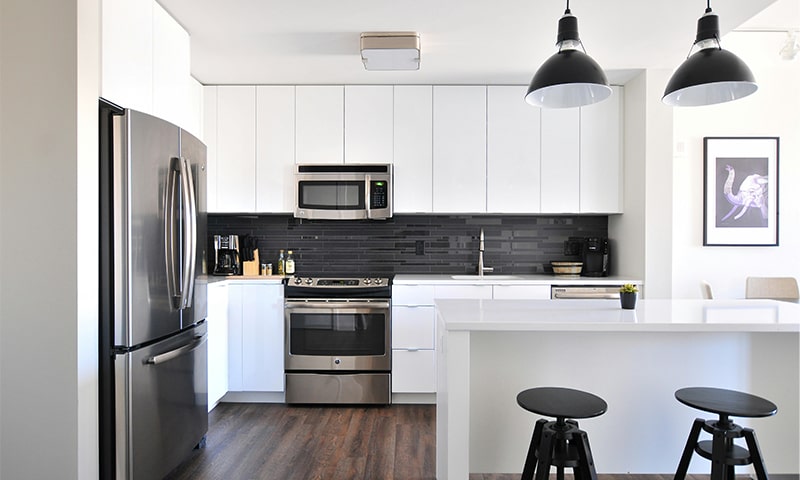
Local Impact and Craftsmanship in the Region
Each region in Australia brings different ideas into beautifying homes and doing DIY projects. For instance, the region’s geographical location, specifically Northern Queensland, which features vast areas of tropical climate, directly translates into the application of space that does not rigidly distinguish between interior and exterior realms. BBQ areas, outdoor kitchens, decks, and patios are mandatory, as are bright colours, favourites, lush greens, frequently used, and furniture that can withstand all climates.
While Sydney has a warm climate, the decor is contemporary and sleek, like that of a modern house; Tasmania has a relaxed environment, and therefore, the design of the house is like a cottage. Carpets, curtains, wooden benches, and bearers, timber, brass, stone red peppers warm during winter and cooler during summer homes predominate in this region. Meanwhile, the choice of indigenous woods, including Huon pine and Tasmanian oak, points to the proper respect for the region’s traditions and the concern with the environmentally friendly production process.
Another vital area that concerns Indigenous art and design also applies to Australian home interiors. Including paintings, textiles, and motifs of Aboriginal and Torres Strait Islander people in home design helps give meaning to the house and formally acknowledges Australia’s First Nations peoples. They can be observed in paintings and posters hanging on walls, on the rugs on the floor, in the pottery, and in the woven baskets among them.
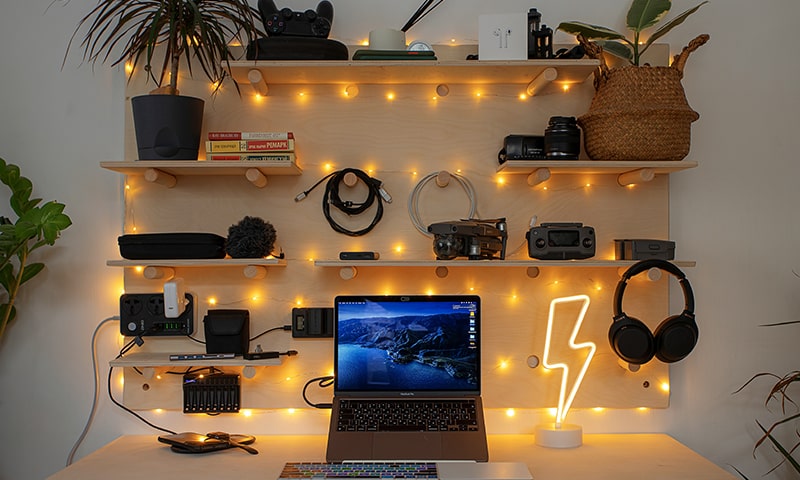
Technology in Home Decorating and Do It Yourself
Technology is active in home décor and DIY activities, increasing proportionally in Australia. White goods and home automation systems covering lighting, climate control, and home security systems are now common in Australian homes. What is more important is that these technologies help to increase comfort and productivity, not to mention that their usage will also give the building a very up-to-date look.
The introduction of social media and the internet as a source of information has significantly influenced how Australians decorate their homes and conduct Do-It-Yourself projects. Platforms like Pinterest and Instagram offer much inspiration and numerous tutorials, so individuals can find something new and develop new skills. Several online stores like Etsy and Gumtree offer limited handmade and unique vintage items for home decoration, making it easier to find them.
As new technologies gradually become part of the DIY environment, it is worth highlighting 3D printing. With the help of this technology, people can build their custom home decor accessories like lighting, plant holders, and more, and they work with high precision. It is thought that the extent of using 3D printing is to carry out more DIY home projects as the technique becomes more affordable.
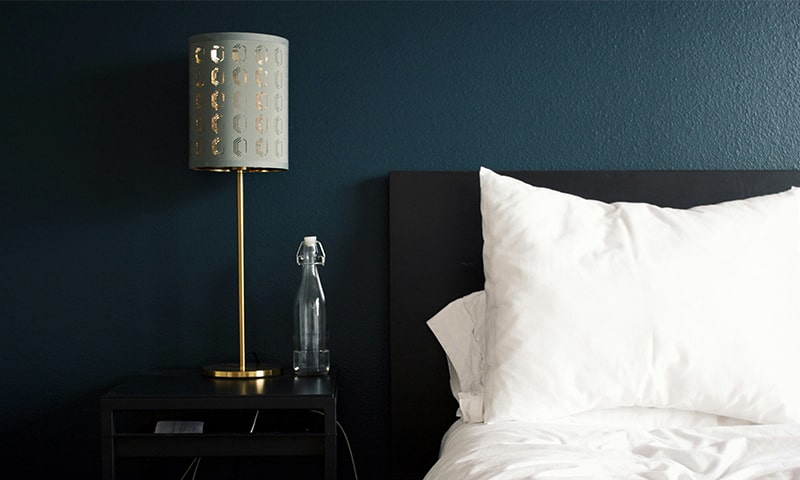
DIY about the Community Aspect
To some extent, DIY projects provide opportunities to innovate collectively and show concern to others when someone is building a table. Within Australian contexts, community workshops and maker spaces are gaining popularity, enabling people to have tools, materials and knowledge. These spaces allow people to exchange knowledge, master new skills coming to work, and develop various projects within this friendly atmosphere.
Lifestyle markets and craft fairs are also vital parts of DIY culture, as these are where DIY enthusiasts can present their works and get acquainted with like-minded people. These events are an excellent reminder that innovation works hand in hand with the available skill and talent to manufacture something that may be considered unique, promote locally produced items, and buy from local industries.
Conclusion
Some home decor and DIY works proved to exist in Australia as the best example of a nation’s creativity, economic mentality, and sense of beauty. From the fabulous sea breeze lifestyle to the raw bushland, from friendly green techniques to the hi-tech sophisticated, Australians have their characteristic way of creating and styling homes. Whether it is through the concept of biophilia that accentuates the need to bring out the beauty of nature in homes, biculturalism that explores the need to bring in culture in the home decor or finally, adventitiously that reflects the need to develop holiday homes or havens that represent one’s tastes and preferences, there is a growing spirit of affiliated and affiliated ornamentation by owners and inhabitants throughout Australia. As more trends come and go, and more ideas have a new flair placed upon them, the sense of Australian home, design, and DIY will indubitably persist as a source of joy and beauty to homes and lives across the continent.


